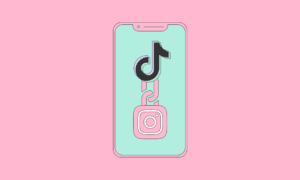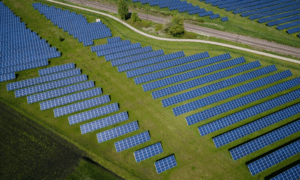Meta is terminating staff members from various departments, such as Instagram, WhatsApp, and Reality Labs, according to the Verge.
TakeAway Points:
- Meta is laying off employees across units, including Instagram, WhatsApp, and Reality Labs.
- Meta has slashed around 21,000 jobs since November 2022 to keep costs low.
- A 2024 poll by youth agency ReachOut revealed that nearly two-thirds of Australian parents of adolescents expressed concerns about their kids’ usage of social media.
Employee layoff
A Meta spokesperson said in a statement that a few of its teams were making changes to align with their long-term strategic goals and location strategy.
“This includes moving some teams to different locations and moving some employees to different roles. In situations like these, when a role is eliminated, we work hard to find other opportunities for impacted employees,” the spokesperson said.
The Verge report did not specify the exact number of job cuts but mentioned that they were small. Meta also did not comment on the numbers.
Separately, the Financial Times reported that Meta fired another two dozen staff in Los Angeles for allegedly using their daily $25 meal credits to instead buy household items, including acne pads, wine glasses, and laundry detergent.
These terminations are separate from the team restructurings and took place last week, the FT report said.
Meta has slashed around 21,000 jobs since November 2022 to keep costs low, with CEO Mark Zuckerberg calling 2023 the “Year of Efficiency”.
Meta shares have jumped more than 60% this year.
In its most recent second quarter results, Meta beat market expectations for revenue and issued a rosy sales forecast for the third quarter, signaling that robust digital-ad spending on its social media platforms can cover the cost of its artificial-intelligence investments.
Australia’s planned social media ban stirs fear for isolation among teens
Nearly two-thirds of parents of Australian teenagers reported concerns about their children’s social media use, according to a 2024 survey by youth service ReachOut.
Now the government wants to curb social media addiction by cutting the cord.
For Tereza Hussein, a 14-year-old refugee who lives in Darwin, Australia’s planned social media ban would mean losing a direct line to the most important person to her: a grandmother she has never physically met.
“It’s the only way I’ve ever connected to my grandma before, over socials,” said Hussein, who was born in the Democratic Republic of Congo but lived in a refugee camp in Malawi before settling in Australia when she was nine.
“It’s going to have a very big change in my life because it’s going to be hard for me to talk to the people that I’ve left behind,” she said.
While Hussein rarely posts on social media, she uses Meta’s Instagram and Snapchat primarily to view and discuss photos and videos from family and friends.
She represents what experts say is a blind spot in a plan by Australia’s government to put an age minimum on social media in response to concerns about bullying, predatory grooming and physical and mental health.
For teenagers from migrant, LGBTQIA+ and other minority backgrounds, an age block could cut off access to essential social support.
Some 97% of Australian teenagers use social media across an average of four platforms, surveys show, making them among the world’s most connected youth.
While the ban is yet to be legislated and at present lacks key details — such as which ages and platforms it would affect — the government’s first step is to trial age verification.
Rising concerns
Youth advocates, however, warn the ban will cut social connections for vulnerable youth and have instead called for tech platforms to better enforce safe interactions.
“The ban is pretty much the opposite of what we would recommend,” said Amelia Johns, an associate professor of digital media at the University of Technology, Sydney, who studied migrant teens’ social media use during COVID-19 lockdowns.
“Everyone is living in social media. For a lot of young people, it’s not an option to opt out, and I do wonder about the mental health consequences of a complete blanket ban.”
So far, no country has rolled out an age-based ban targeting internet platforms. France and Britain have tested age verification but are yet to go live with a ban, while some U.S. states require age verification to access restricted content.
Australia plans to introduce legislation by the end of the year. While no lower age limit has been proposed, officials have suggested around 14 to 16.
“If I lost social media, it would make me feel a lot more isolated,” said Ben Kioko, a 14-year-old from Sydney who self-described as autistic and part of the LGBTQIA+ community.
“Since I struggle with mental health issues like anxiety and depression, it would make those a lot worse than they already are and could really affect my life long-term,” he added.
Prime Minister Anthony Albanese is a key proponent of the ban.
“Parents want their kids off their phones and on the footy field, so do I,” he said in September.
A spokesperson for Albanese didn’t respond to Reuters’ request for comment
Justine Humphry, a media researcher at University of Sydney who has published an online safety programme, said while social media companies should better protect teenagers, an outright ban was based on “nostalgia” for a childhood without screens that she described as “fiction”.
Meta, which also owns Facebook and WhatsApp, declined to comment. It has said it supports protecting young users from harmful content and interactions but an age block should be the responsibility of smartphone makers.
The company upped privacy default settings for under-18 Instagram users this September and said those under 16 need parental approval to relax settings.



































